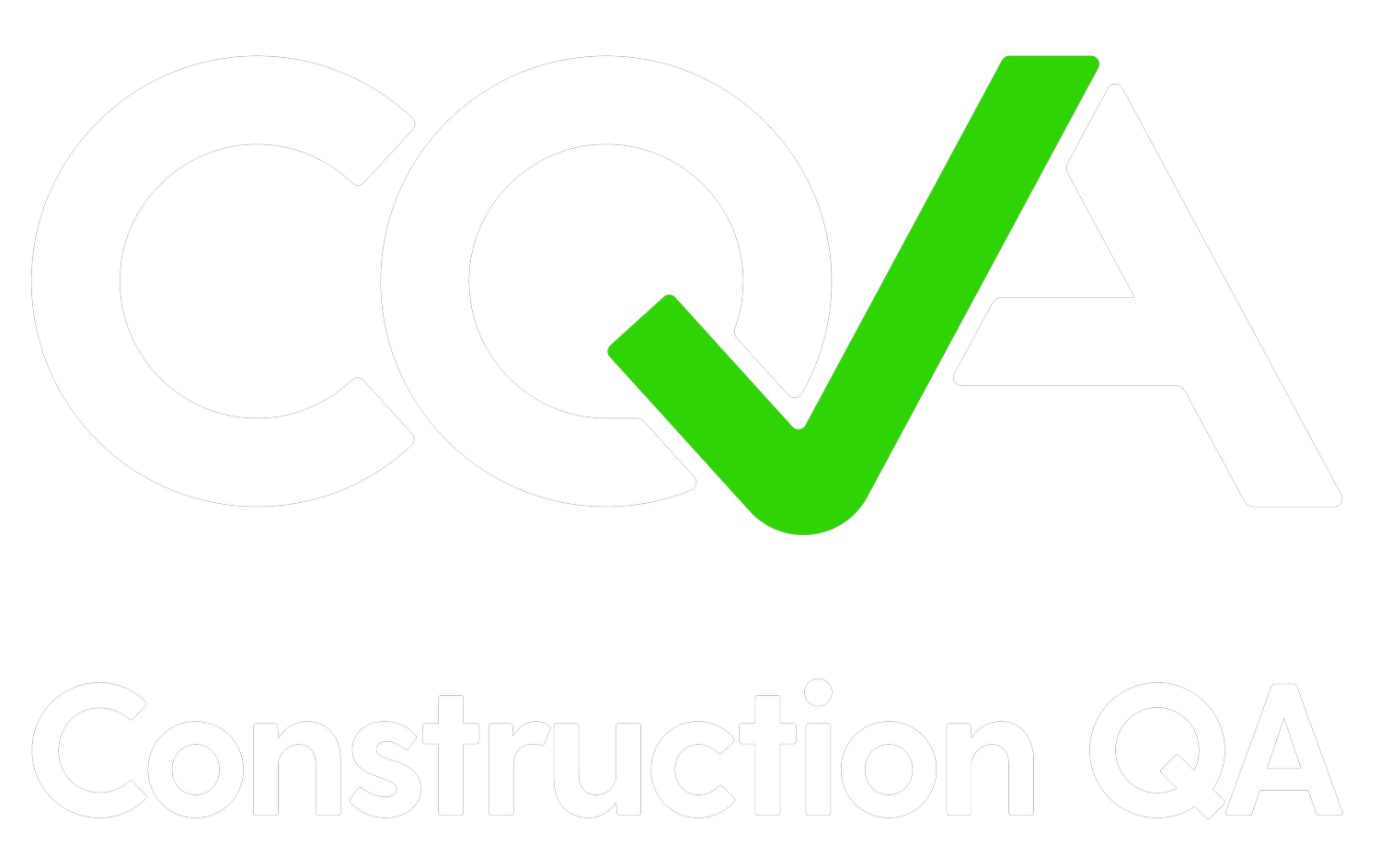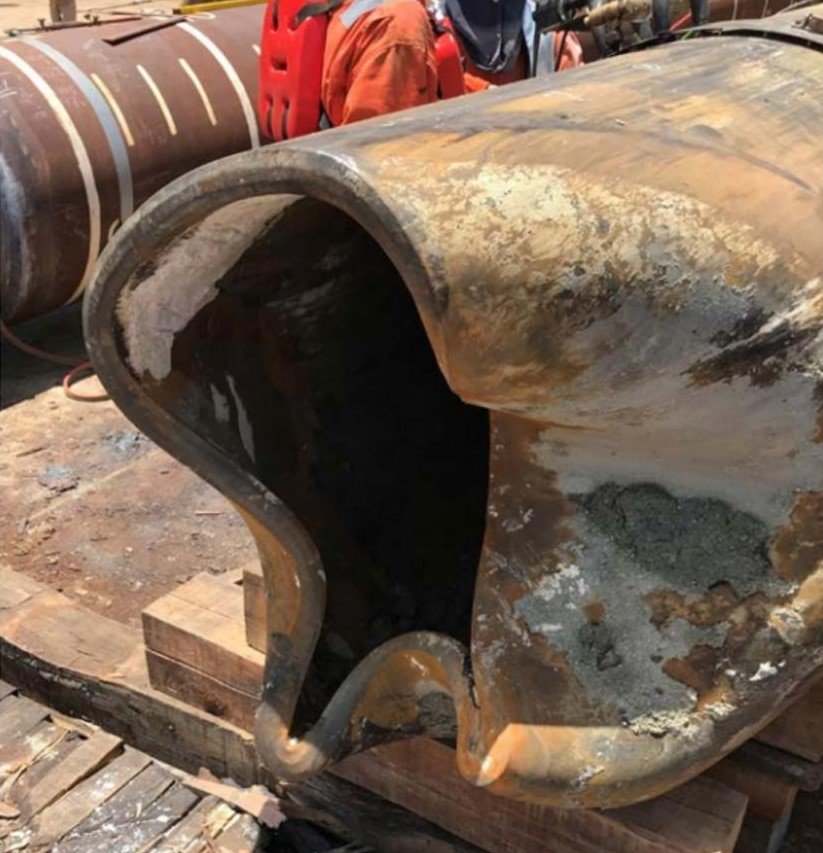
Driven Piles Integrity
Driven Piles Damage and Its Consequences
Slight to severe damages may happen to driven piles if being overstressed during transportation and installation. Steel pile damages are mainly due to the excessive (local or average) compressive stresses at the pile head or toe during driving. Concrete piles may crack, or even break, under excessive tensile and compressive stresses during installation and driving. If a pile head is damaged during driving, piling stops and the pile cannot be driven further to its final toe level or desired capacity. If the pile toe is damaged, it may affect the pile’s end bearing and settlement behavior. From a durability point of view, cracks in precast concrete piles might not be tolerated depending on their width in specific soil/water conditions. Almost all specifications suggest that a pile broken somewhere between the head and toe must be rejected. So prevention of damage, measurements of driving stresses, and detection of pile damage are of great importance.
Step 1: Preventing Damage to Driven Piles
Hammer type, hammer size, hammer stroke (energy), pile size, and pile strength should be selected properly before the commencement of construction to prevent pile damage in a specific geotechnical condition. A series of calculations based on the soil model studies the possibility of driving a pile of specific size and material, using a specific piling hammer to desired capacity/toe level, while keeping driving stresses under allowable limits, is called “Driveability Analysis”. This analysis also is used to specify driving criteria prior to construction. GRLWEAP, offered by Pile Dynamics, is the most reliable software to undertake Driveability analysis.
GRLWEAP
Developed by the founders of Pile Dynamics, Inc., this wave equation analysis program simulates motions and forces in a foundation pile when driven by either an impact or a vibratory hammer. Its features help improve the accuracy of predicted driving stresses, bearing capacities, blow counts and installation time when matched with field observation and measurement results defined by the Pile Driving Analyzer® system (PDA). Visit the GRLWEAP product page for more information.
Step 2: Detecting Integrity Issues of Driven Piles
Proper pile testing methods should be used to monitor pile driving stresses during driving and detect damage. PDA is a perfect tool to measure driving stresses during installation and make sure they remain under allowable limits. It also provides an initial indication of the location and extent of damage (Beta factor) which then could be further investigated through CAPWAP analysis.
Pile Driving Analyzer® (PDA)
This perfect product of Pile Dynamics offers a range of valuable information about the geotechnical and structural condition of a pile. Damage assessment is one of PDA’s results which is undertaken in combination with the CAPWAP model. Visit the PDA product page for more information.



